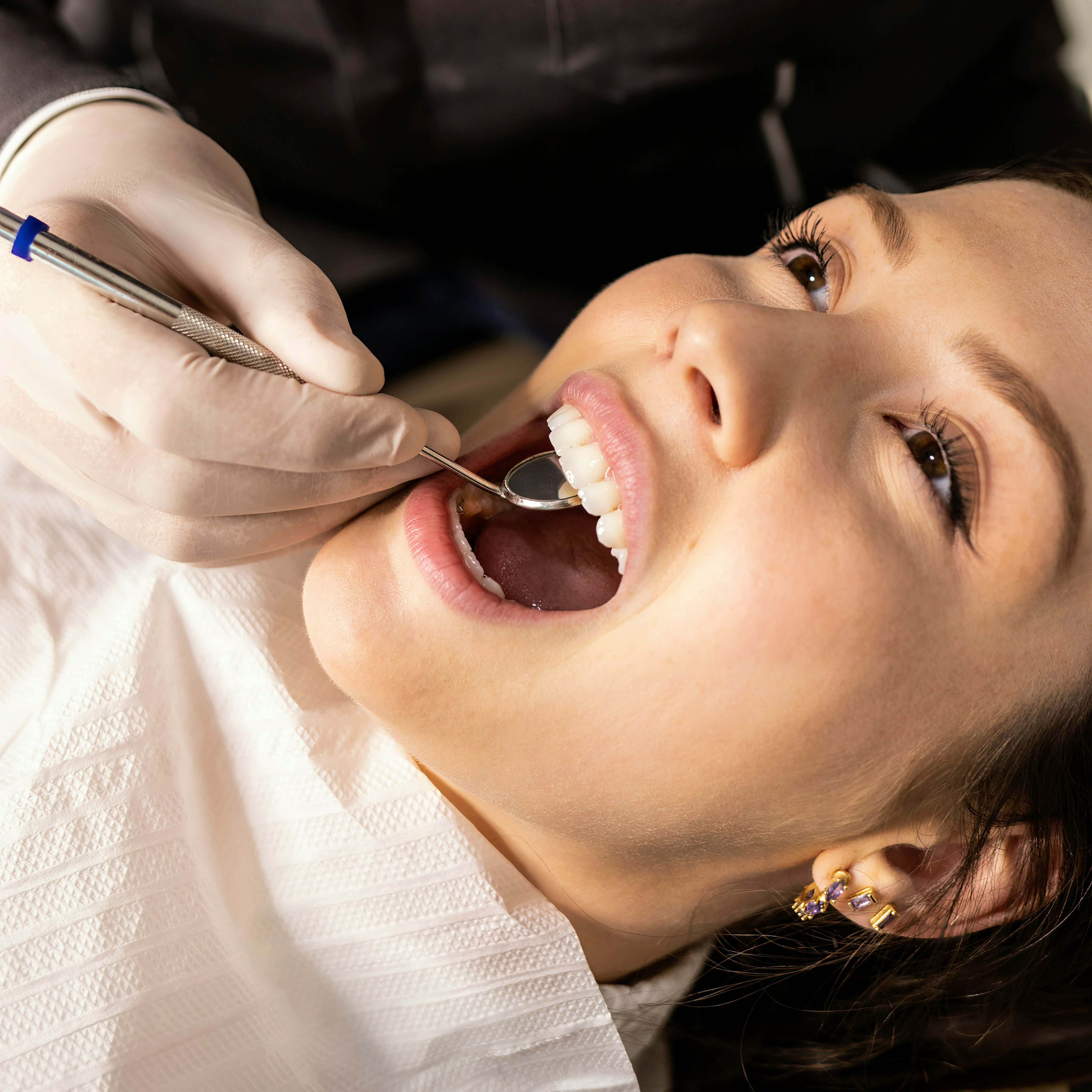Introduction: Beyond the File
When most people picture a root canal, they think of files shaping a narrow tooth canal. But what really determines whether that treatment succeeds isn’t just the file — it’s also the invisible chemistry and fluid dynamics of irrigation.
The truth is, canals are full of side streets and hidden corners where bacteria hide, and no instrument can ever touch them. That’s why irrigation is often the difference between a tooth that heals comfortably and one that fails years later.
Why Sodium Hypochlorite Still Reigns
For all the new ideas that come and go, sodium hypochlorite remains the undisputed backbone of endodontic irrigation. It is the rare solution that both dissolves organic tissue and destroys bacteria (Zehnder, J Endod 2006). The latest evidence has shown that its success depends less on how strong it is, than on how generously it’s refreshed and how long it’s allowed to act (Smith et al., J Endod 2023).
Still, NaOCl cannot do everything. It doesn’t remove the smear layer left by instrumentation, which blocks dentinal tubules and limits sealer penetration. That’s why pairing it with 17% EDTA has become the gold standard (Torabinejad et al., Int Endod J 2002). The sequence — NaOCl during shaping, EDTA after instrumentation, and a final NaOCl rinse — consistently produces cleaner canals and stronger long-term seals.
Stirring the Solution: How Activation Changes the Game
Syringe irrigation alone is like trying to wash a dish without scrubbing — some residue always remains. Studies show that the apical third, in particular, resists cleaning unless energy is introduced into the irrigant (Peters et al., J Endod 2019).
Ultrasonic activation has long been the workhorse here, agitating the solution in short cycles that improve debris removal (van der Sluis et al., Int Endod J 2016). But the new frontier is laser activation. By creating microscopic shockwaves and fluid movement, lasers help irrigants reach places neither files nor syringes can touch. Early trials suggest they enhance smear layer removal and microbial reduction, especially in challenging or retreatment cases (Johnson et al., Lasers Med Sci 2022).
At Endodontie Lotus, we continually learn and adopt these innovations because we know they don’t just make for cleaner canals — they translate into smoother recoveries and higher patient satisfaction.
A Modern Irrigation Blueprint
If you step back from the details, the recipe supported by current research is clear (Arias et al., Int Endod J 2024): a generous use of sodium hypochlorite during shaping, a rinse with EDTA to strip away the smear layer, and a final round of NaOCl — all activated, when possible, with ultrasonic vibration or laser-activated irrigation. This isn’t complicated, but when it’s done with consistency and care, it transforms outcomes.
Looking Ahead
What we now know from decades of studies is that irrigation is not a background detail but the decisive act in root canal therapy. The right solutions, used in the right order, and energized with modern activation, make the difference between a tooth that simply survives and one that thrives in the long term. Patients may never see the chemistry at work, but they feel the result — less pain, greater comfort, and teeth that last. And for us as clinicians, that’s the real measure of success.

